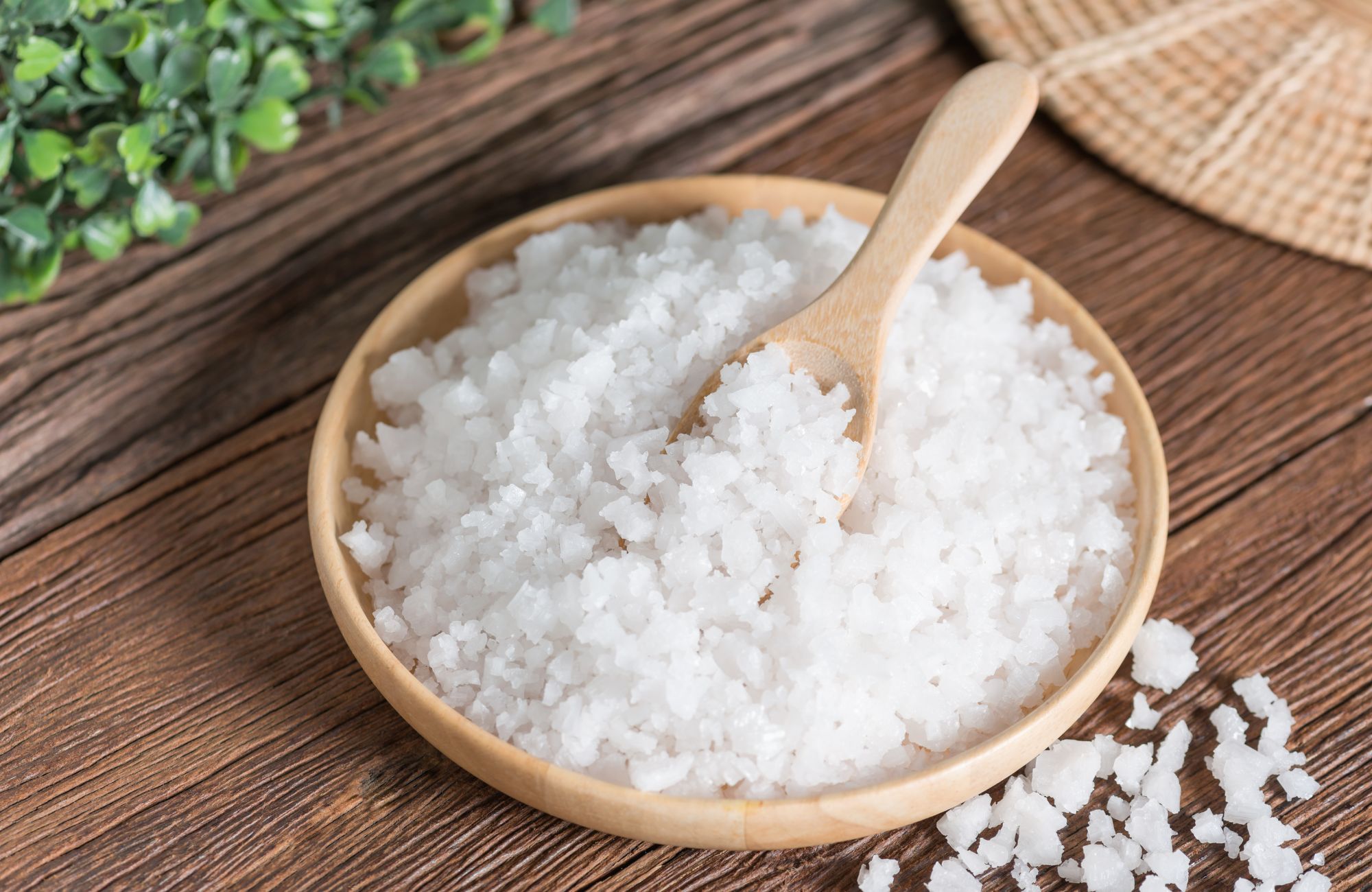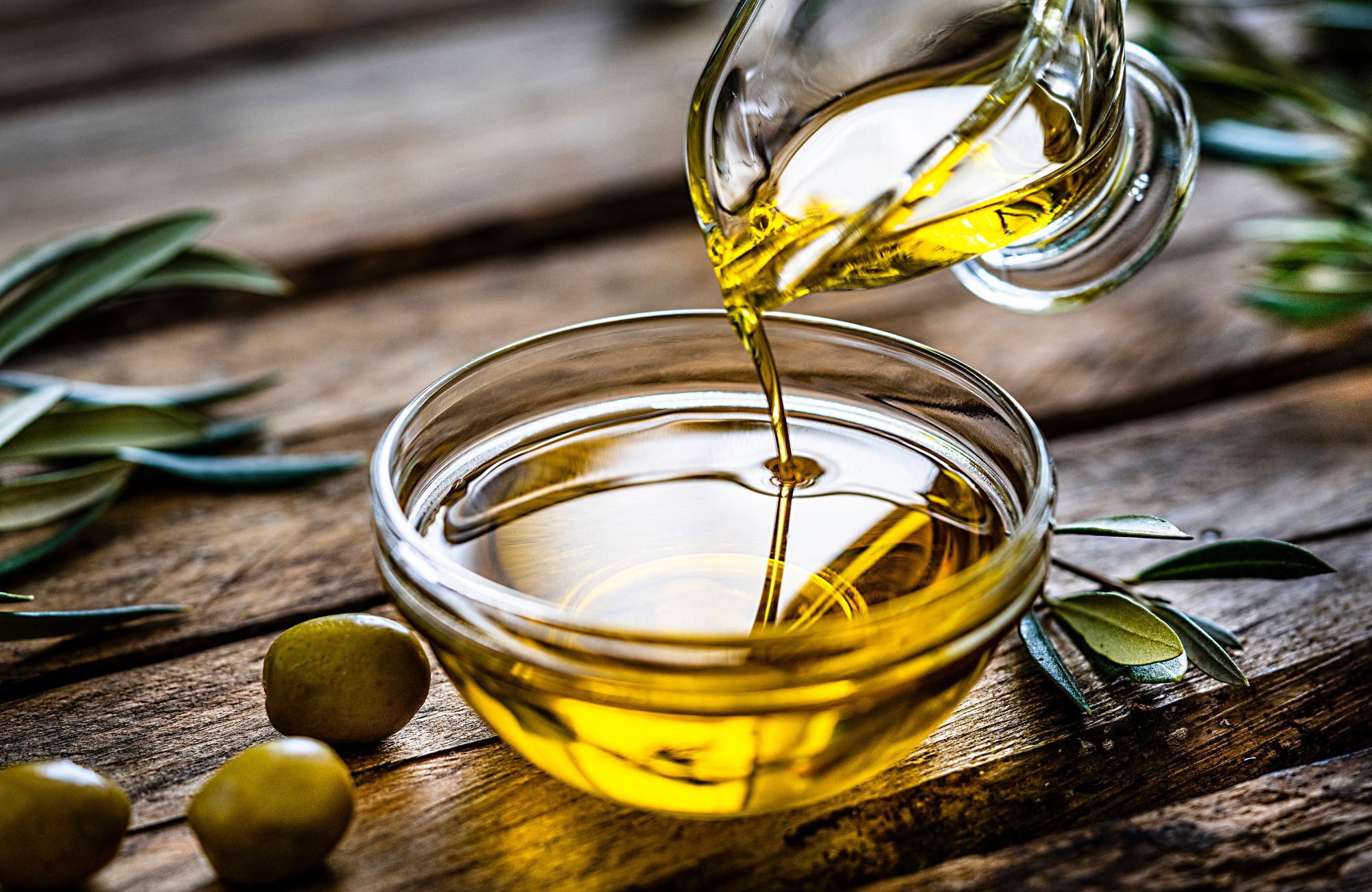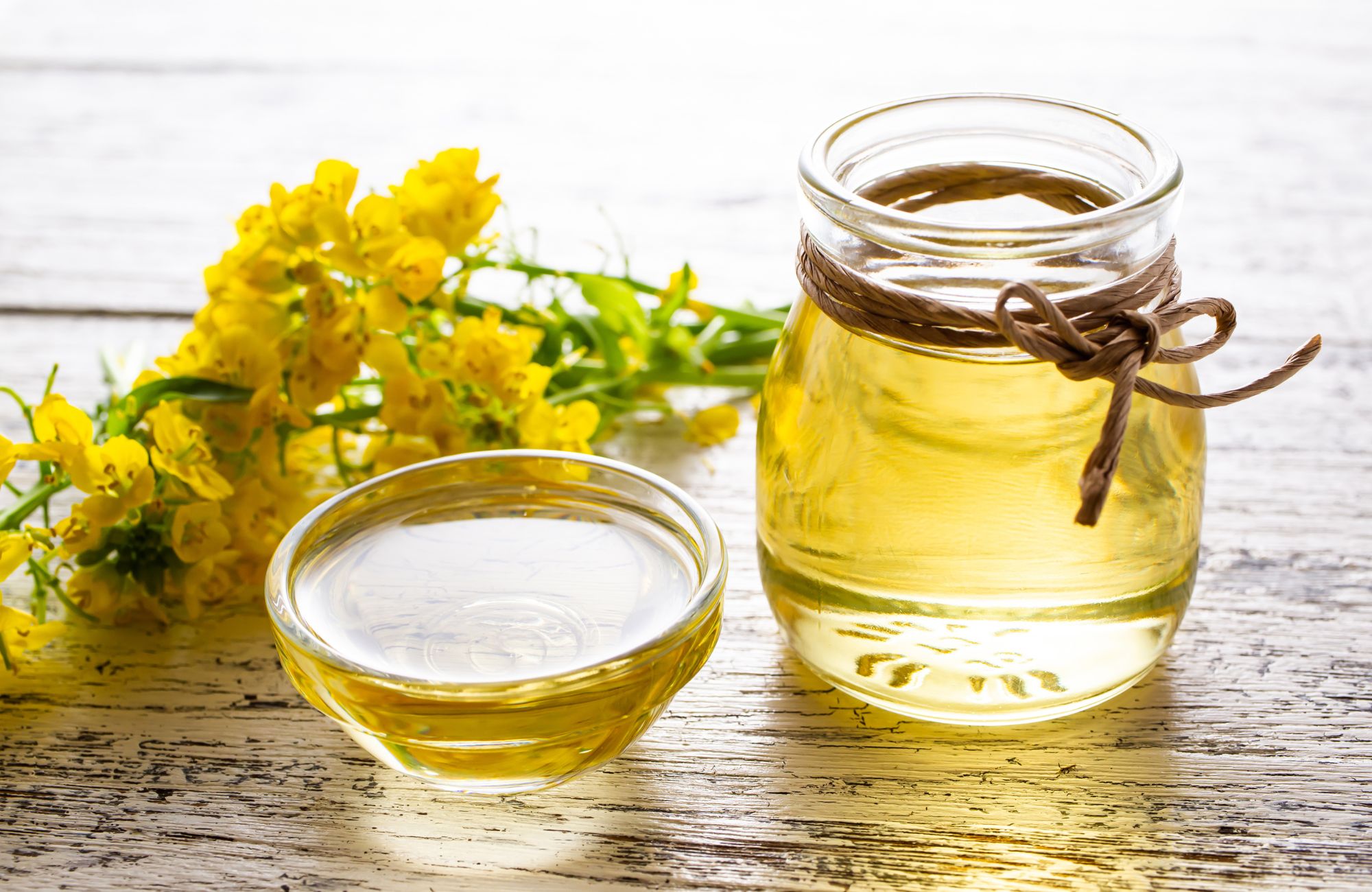
Is Sea Salt Good For You? Benefits, Risks, and Everything You Need to Know
Salt is a staple in nearly every kitchen, but not all salt is created equal. Among the many options available, sea salt often stands out as the more “natural” and supposedly healthier choice. With its coarse crystals and claims of trace minerals, it’s easy to see why it has gained popularity. But is sea salt good for you, or is it simply another health trend gaining attention?
In this article, we’ll take a closer look at what sets sea salt apart, whether it offers any real health benefits, and how it fits into a balanced diet.
What is Sea Salt?
Sea salt is a type of salt produced through the evaporation of seawater. Unlike highly processed table salt, sea salt undergoes minimal processing, which allows it to retain trace minerals and elements naturally present in the ocean. This natural production process has been used for thousands of years, with evidence of sea salt harvesting dating back to prehistoric times.
The production process is relatively simple: seawater is channeled into shallow ponds where the sun and wind naturally evaporate the water, leaving behind salt crystals. These crystals are then harvested, sometimes washed to remove impurities, and packaged for consumption. This minimal intervention contrasts sharply with the intensive processing that table salt undergoes.
Types of Sea Salt
Sea salt isn’t a one-size-fits-all ingredient. Different types offer various colors, flavors, and mineral profiles based on their origin:
Himalayan Sea Salt (Pink Salt)
Despite its name, Himalayan salt or Himalayan pink salt isn’t technically sea salt but rather rock salt mined from the Punjab region of Pakistan. Its distinctive pink color comes from iron oxide (rust). Many consider it one of the purest forms of salt available due to the ancient seabed it comes from, which was protected from modern pollution.
Celtic Sea Salt
Celtic sea salt or “sel gris” (French for “gray salt”) is harvested from the coastal regions of France. Its characteristic grayish hue comes from minerals absorbed from the clay lining of salt ponds. Celtic sea salt is known for its moist texture and mineral-rich profile, particularly in magnesium and trace elements.
Fleur de Sel
Often called the “caviar of salts,” flaky sea salt known as Fleur de Sel (“flower of salt”) forms as a delicate crust on the surface of salt water. Harvesters carefully skim these crystals by hand, making it one of the most expensive salt varieties. Its flavor is less salty than other varieties, with subtle complexity that makes it perfect as a finishing touch on dishes.
Hawaiian Sea Salt
Hawaiian sea salt comes in two main varieties: red (Alaea) and black (activated charcoal). The red variety gets its color from iron-rich volcanic clay, while the black variety contains activated charcoal. Traditional Hawaiian cuisine uses these salts for both flavor and purification purposes.
Dead Sea Salt
While not typically used for culinary purposes, Dead Sea bath salt is renowned for its therapeutic properties. With up to 21 minerals including magnesium, calcium, sulfur, bromide, iodine, and potassium, it’s primarily used for skin treatments and bath soaks.
Potential Health Benefits of Sea Salt
Sea salt has been associated with several potential health benefits, though it’s important to evaluate these claims with a critical eye. Here’s what research suggests about sea salt’s effects on health:
Hydration and Electrolyte Balance
Sodium plays a vital role in keeping your body hydrated, supporting nerve signals, and enabling muscle contractions including your heartbeat. It works with potassium to balance fluids in and around cells and helps prevent issues like dehydration or low sodium levels (hyponatremia), especially during intense exercise. For athletes who sweat a lot, adding some salt to their hydration routine can help replace lost electrolytes and maintain performance.
Digestive Health
Salt supports digestion in several ways. Chloride helps produce stomach acid for breaking down food, while sodium aids in nutrient absorption in the intestines. Some people use warm salt water to support bowel movements, and although scientific evidence is limited, one study found it helpful when combined with certain yoga poses for colonoscopy prep.
Skin Health
Sea salt is often used in skincare for its potential to improve skin barrier function, support skin hydration, and reduce inflammation. Its magnesium content may soothe dry skin, and sea salt baths help exfoliate and soften the skin. The National Eczema Foundation recommends adding sea salt to bathwater to help relieve irritation, though results may vary.
Anti-inflammatory Properties
Some research suggests that certain minerals present in sea salt, particularly magnesium, may have anti-inflammatory effects that could benefit people with inflammatory conditions like arthritis. Dead Sea salt, especially rich in magnesium, has shown promising results in studies examining its effects on rheumatoid arthritis and osteoarthritis symptoms.
When used in bath soaks, these minerals may be absorbed through the skin to some extent, potentially helping reduce joint pain and inflammation. However, eating sea salt is unlikely to provide enough of these minerals to have a significant anti-inflammatory effect.
Scientific Evidence
While sea salt has gained popularity for its perceived health benefits, it’s important to examine the scientific evidence behind these claims:
- Limited Research on Direct Benefits: Most health claims about sea salt lack substantial scientific backing. Current research doesn’t strongly support that consuming sea salt rather than table salt provides specific health advantages.
- Trace Minerals in Perspective: Though sea salt contains more trace minerals than table salt, these amounts are minimal. You would need to consume unhealthy quantities of salt to get meaningful nutritional benefits from these trace elements.
- Salt is Still Salt: From a sodium perspective, your body processes sea salt and table salt virtually identically. Both can contribute to high blood pressure when consumed in excess, regardless of their source or level of processing.
Potential Downsides and Health Risks
Despite its natural origin, sea salt comes with potential downsides that health-conscious consumers should consider:
Sodium Concerns
While sea salt may offer trace minerals, it still contains high levels of sodium, which can be harmful when consumed in excess. The American Heart Association recommends keeping sodium intake below 2,300 mg per day, with an ideal limit of 1,500 mg for most adults.
Too much sodium can raise blood pressure, increase the risk of heart disease and stroke, contribute to calcium loss and kidney strain, and cause bloating or water retention. Like any salt, sea salt should be used in moderation as part of a balanced diet.
Iodine Deficiency Risk
Most sea salt doesn’t contain added iodine, an essential nutrient for thyroid health and brain development. If you switch entirely from iodized table salt to sea salt without getting iodine from other sources like seafood, dairy, eggs, seaweed, or iodized salt, you may increase your risk of iodine deficiency.
Environmental Contaminants
As ocean pollution rises, sea salt can contain trace amounts of contaminants like microplastics, heavy metals, and other pollutants. The levels vary by harvest location and processing methods, but high-quality sea salt from reputable sources is usually tested for safety.
Recommended Intake Guidelines
Regardless of the type of salt you choose, moderation remains key:
- The American Heart Association recommends consuming less than 2,300 mg of sodium daily (about one teaspoon of salt)
- An ideal limit of 1,500 mg daily is recommended for most adults, especially those with high blood pressure, diabetes, or kidney disease
- People who exercise intensely or work in hot environments may need slightly more sodium to replace what’s lost through sweat
It’s worth noting that most sodium in the typical American diet (over 70%) comes from processed and restaurant foods, not from salt added during home cooking or at the table.
Practical Uses of Sea Salt
Beyond its potential health implications, sea salt offers versatility in the kitchen and beyond:
Culinary Applications
Sea salt shines in various culinary uses:
- As a finishing salt, adding texture and flavor bursts to completed dishes
- In rubs for meats to create a flavorful crust
- In baking, particularly in recipes where its mineral content can add flavor complexity
- For preserving foods, as humans have done for thousands of years
Different varieties work better for specific purposes. For instance, flaky Maldon salt makes an excellent finishing salt, while coarser varieties work well for salt crusts on fish or meat.
External Applications
Sea salt is commonly used for:
- Bath soaks to relieve muscle tension and improve skin condition
- Homemade body scrubs to exfoliate and soften skin
- Nasal irrigation solutions (when properly diluted and sterilized)
- Salt room therapy (halotherapy) for respiratory conditions
How to Choose High-Quality Sea Salt
Not all sea salt is created equal. Here’s what to look for when purchasing:
- Source: Consider the water quality where the salt is harvested
- Processing: Look for brands that detail their harvesting and processing methods
- Additives: Check for unwanted anti-caking agents or artificial ingredients
- Color and moisture: Unrefined sea salt often has a slight moisture content and non-uniform color, indicating minimal processing
- Certifications: Some brands offer organic or environmental certifications
Balancing Sea Salt in a Healthy Diet
If you choose to use sea salt, here are some tips for incorporating it into a balanced diet:
- Use it primarily as a finishing salt where its flavor and texture can be appreciated
- Combine it with herbs and spices to reduce overall salt needs while maximizing flavor
- Be mindful of processed food consumption, which typically contributes far more sodium than home-added salt
- Increase potassium-rich foods in your diet (fruits, vegetables, legumes) to help balance sodium intake
- Consider using different salts for different purposes, perhaps keeping iodized salt in your diet for thyroid health
For personalized advice, especially if you have health conditions like high blood pressure or thyroid concerns, always consult a healthcare professional.
Conclusion
Sea salt can be a flavorful and mineral-rich addition to your kitchen, but it is not a magic health food. While it provides trace minerals and a unique texture, it contains just as much sodium as regular table salt and usually lacks added iodine. The key is using it in moderation. When balanced with a healthy diet and other nutrient sources, sea salt can be enjoyed without concern.
If you’re looking to upgrade your salt game, US Sweeteners is your trusted source for high-quality bulk salts. From everyday table salt to premium sea salts, we offer fresh, reliable options that bring out the best in your cooking. We’re passionate about quality and customer satisfaction, so you can count on our salts to deliver exceptional results every time. Contact us today to learn more or explore our full selection to find the perfect salt for your kitchen.
FAQs
What are the disadvantages of sea salt?
The main disadvantages of sea salt include its lack of added iodine, which can lead to iodine deficiency and potential environmental contaminants like microplastics. It is still a form of sodium chloride, and excessive consumption can contribute to high blood pressure and heart disease.
Is sea salt better for you than salt?
Sea salt isn’t significantly better for you than regular table salt. Both have similar sodium levels, and the trace minerals in sea salt are minimal. The health impact depends more on salt intake than on the type of salt used.
What is the healthiest salt to use?
The healthiest salt is the one used in moderation. Options like Celtic sea salt or Himalayan pink salt contain more minerals, but consuming too much salt of any kind can lead to serious health issues. Choosing less processed salts may offer subtle flavor and texture benefits, but they should still be used sparingly.
Is it okay to use sea salt every day?
Yes, daily use of sea salt is fine as long as it fits within the recommended sodium limits—ideally 1,500 to 2,300 mg per day. The key is moderation, regardless of which salt you choose. Be sure to balance your salt intake with plenty of potassium-rich foods and stay mindful of hidden sodium in processed meals.



Leave a Reply